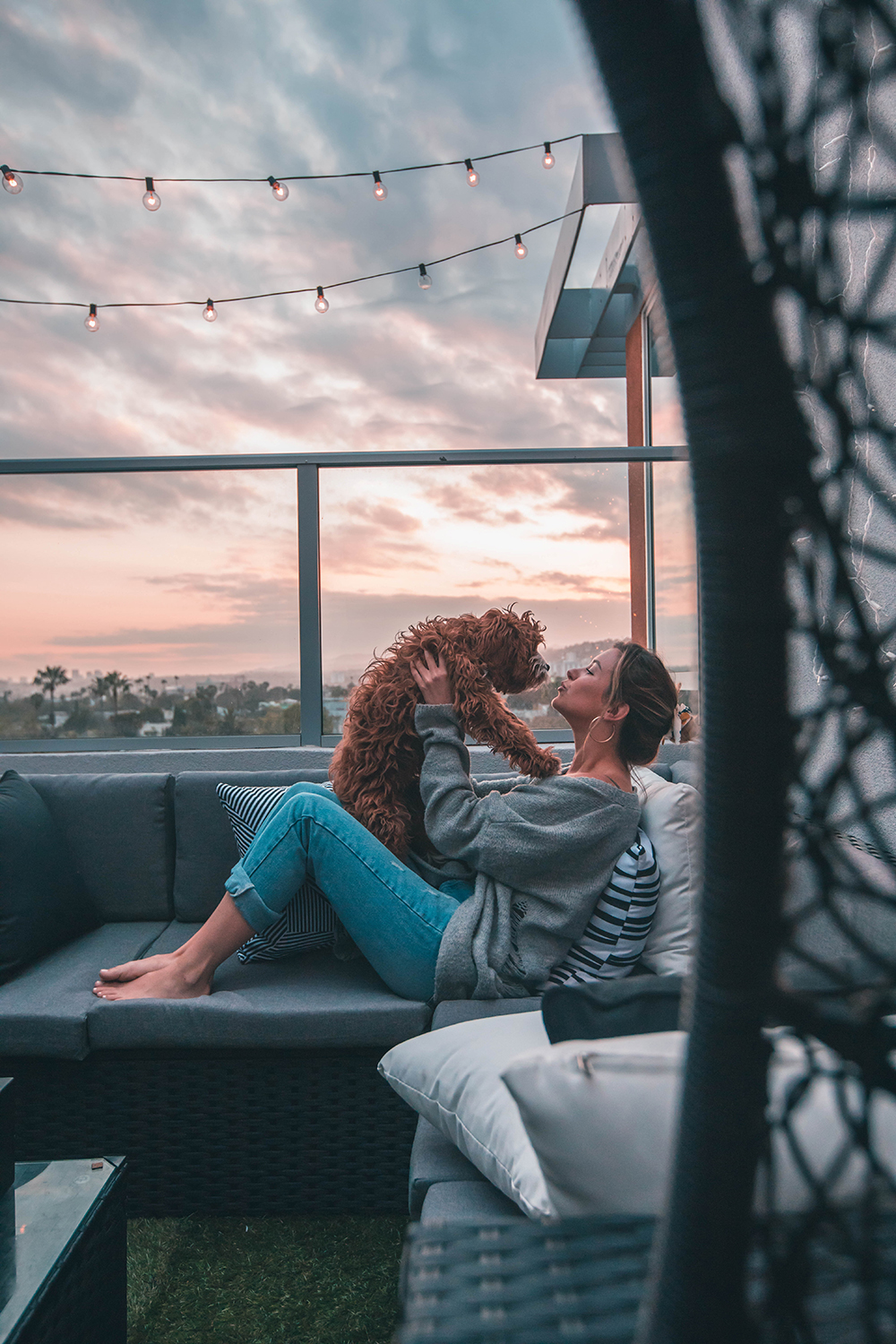 Sit. Stay. Stay! Good reader! It can be hard enough to get people to listen to you, let alone your dog. So what chance does that little puppy have of understanding what you mean when you say ‘sit’?
Sit. Stay. Stay! Good reader! It can be hard enough to get people to listen to you, let alone your dog. So what chance does that little puppy have of understanding what you mean when you say ‘sit’?
“Just think, you go to a foreign country and you don’t understand some sport at all, you’ve never seen it played, you have no idea and someone’s trying to show you how to do it.” That is how Sarah Wilson, Master Dog Trainer and author of numerous books including My Smart Puppy (Grand Central Publishing, 2006), describes what it’s like for dogs during training. Your job is to eliminate confusion for your puppy so they can learn to the best of their abilities. In other words, it’s on you to learn how to train a puppy so that they can excel.
There is no one best way to train a puppy
There are so many training methods available, it’s often difficult to figure out which one is best for your pup. With over 25 years of dog training experience, during which her methods have been written about or quoted in various national media, including O Magazine, Pet Health, The Chicago Tribune and Dogs in Canada – to name a few – there can be no doubt that Wilson truly understands this particular breed of work. There is, however, no one best way to train, but once you choose a technique, consistency is key.
“Dogs learn with all sorts of different methods and approaches and it is the consistent use of any one thing that will get the message across to your dog,” Wilson explains. “I personally like methods that are what I call ‘positively focused,’ which makes the owner an active participant in creating the behaviours they want and then rewarding those behaviours.”
Don’t send mixed signals when training your puppy
Another crucial element is clarity. Sending mixed signals is never good, so the clearer you can be, the easier your puppy can learn. According to Wilson, it’s all comes down to “thinking about what you want and then helping your puppy get that right and letting them know.” A pup should be encouraged when doing well and gently discouraged when getting off track. “I also call that ‘red light, green light,’” reveals Wilson. “A really calm, clear, unemotional negative and a big, happy, emotional positive, and the puppies figure it out.”
You may think that training sounds too hard, that you don’t have the time, that you don’t know what you’re doing, or that you won’t do it right, but you would be wrong on all counts. “I’m really on my own little revolution to teach people that [training] can be a blast. You can do it for a minute here, a minute there and make big changes,” Wilson promotes. “If people understood that it was fun, that it was quick and it was effective and it was gentle, people would do it.”
Make training your puppy a fun game for you and them
You can see the fun aspect in Wilson’s books, as many of her training exercises are games. These games are divided into categories according to the acronym START: Space, Touch, Attention, Requirement and Trust. “The games were created to make better pets and for people to have more fun with their pets … I want the people to be more connected with their animals,” Wilson endorses. Furthermore, Wilson says that the benefits of training are astounding. “It gives them more freedom, it gives you more fun. It just enriches both of your worlds.”
An example of a touch game from My Smart Puppy is the placement sit. It’s a step towards a full sit and will get the puppy sitting in response to light pressure. Have the puppy’s collar in one hand and with the other make a U-shape with thumb and another finger. Apply light pressure just in front of the puppy’s hip bones, not too roughly, about the pressure you would use to pick up a tender fruit. The dog won’t like this and will start to sit to get away from it. When they do, throw a praise party for them! After some practice, they’ll sit at the slightest of pressure.
Why learn how to train a puppy?
Because it keeps them safe
Training can also keep your puppy safe. “One of the first things that I teach every puppy is something that I call ‘mine,’” says Wilson. “It means if I step in front of you and block your path, I want you to stop and sit and look at me.” This allows you to protect your puppy from dangerous situations and doesn’t rely on a verbal order, which is vital. Wilson expands: “I don’t use a verbal command there because I want anybody who steps in front of your puppy to be able to stop your puppy. It’s a universal thing we do.”
After the basics are covered, teaching pups tricks really isn’t that tricky. “It’s all just behaviours for them,” says Wilson. “Anything that makes you laugh you should teach your dog because dogs love when their people laugh.”
So what tricks can Wilson’s puppy do? “I love to tell people that my dog knows how to count which is a really easy one. I just teach them to speak when I put my finger in the air and then when I praise them, they stop. And so if I say ‘what’s two plus two?’ and I put my finger in the air like I’m pointing at them, they go ‘woof, woof, woof, woof.’ ‘Good dog!’ As long as you can do the math, your dog can do the math.”
{CREDITS: Written by Allison Vorstenbosch | Photography by Roberto Nickson}
